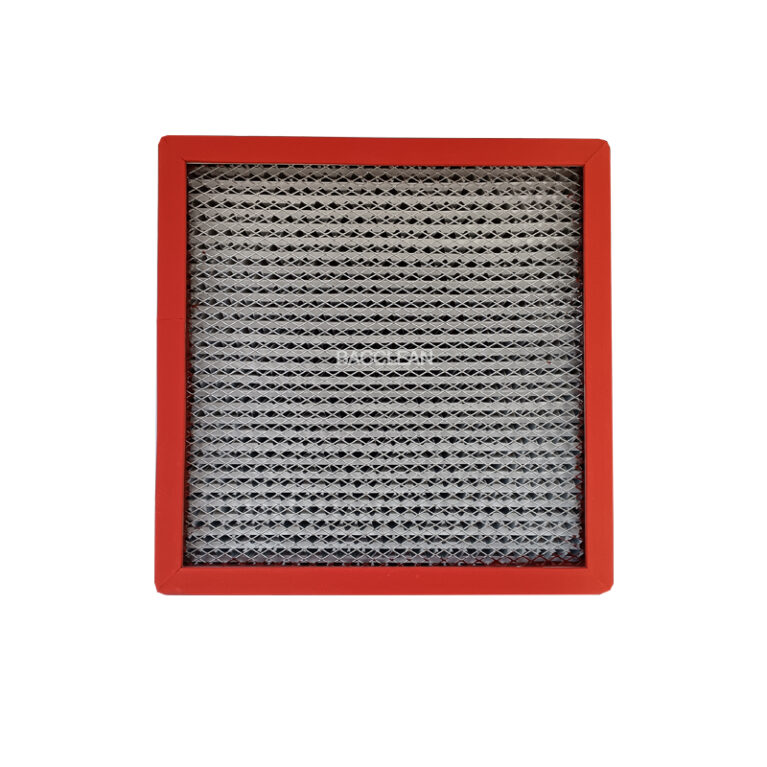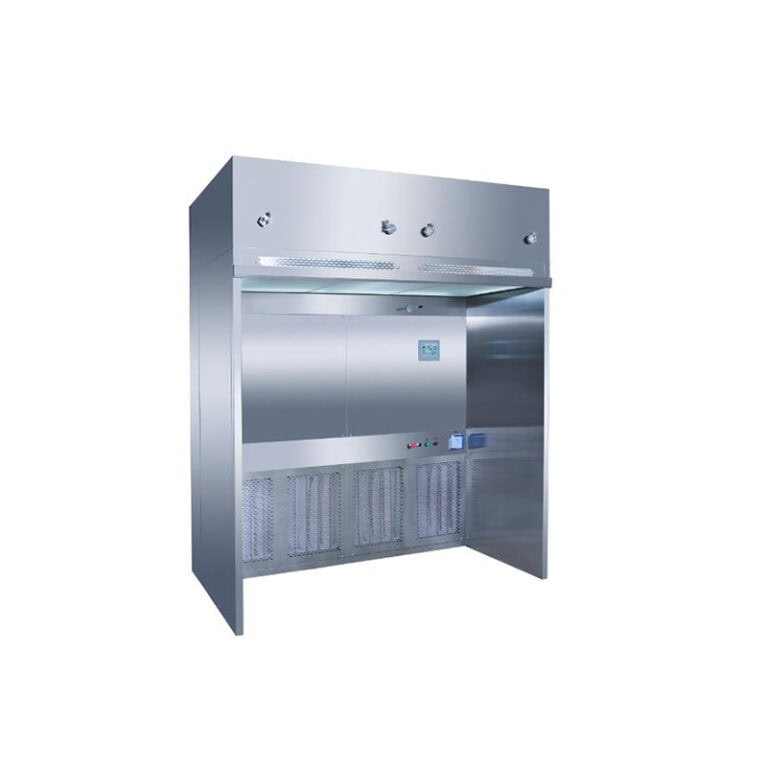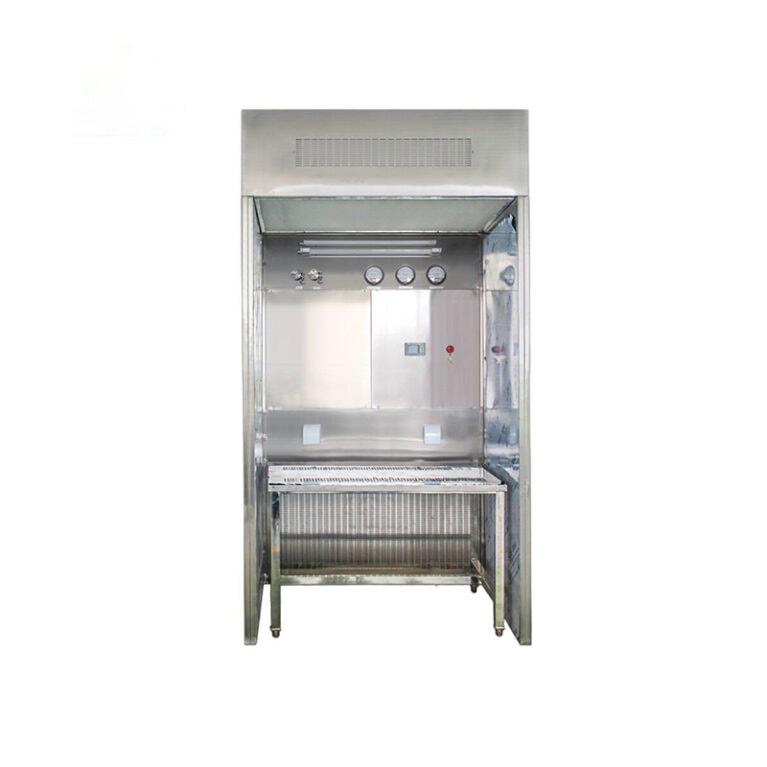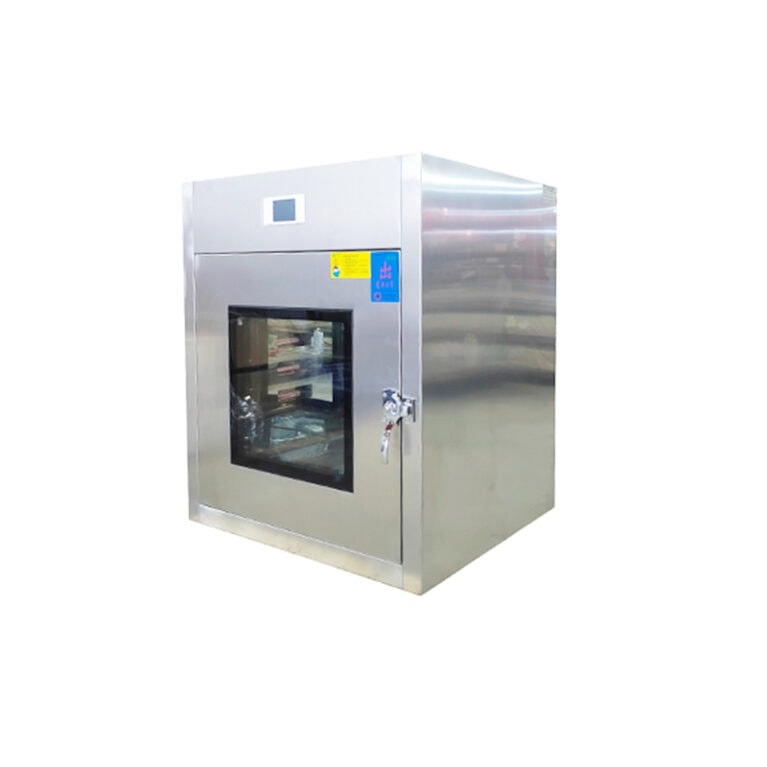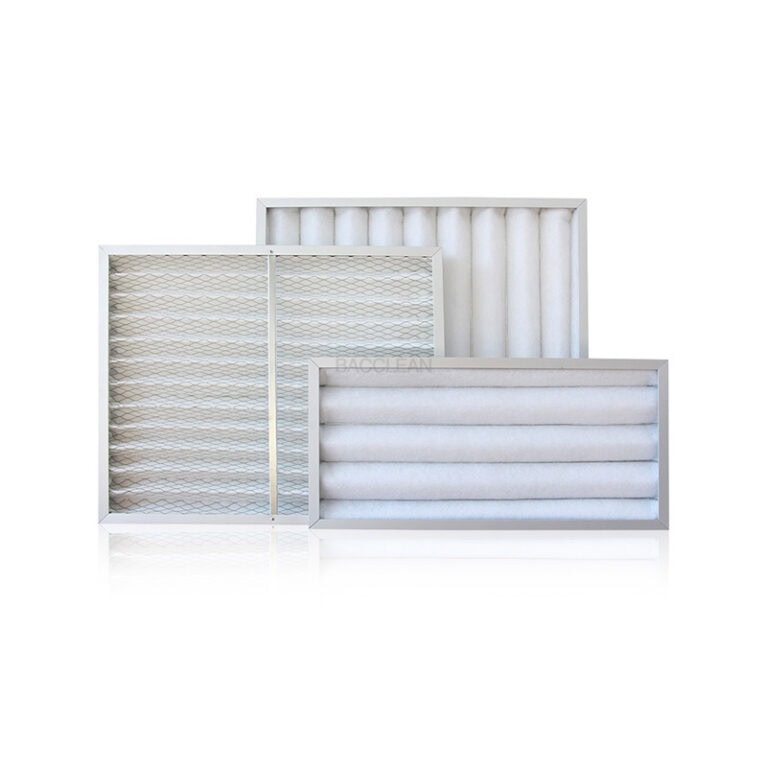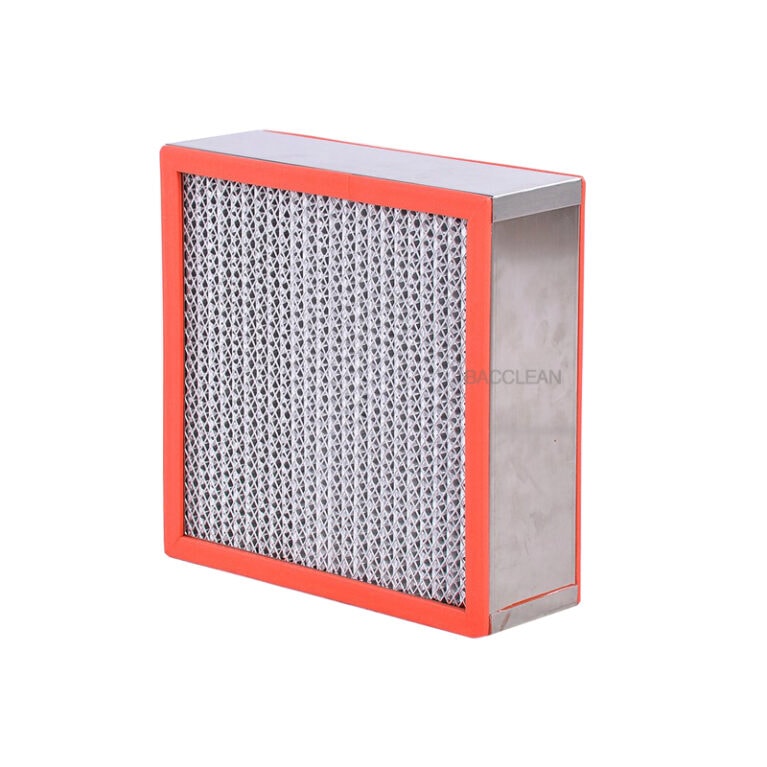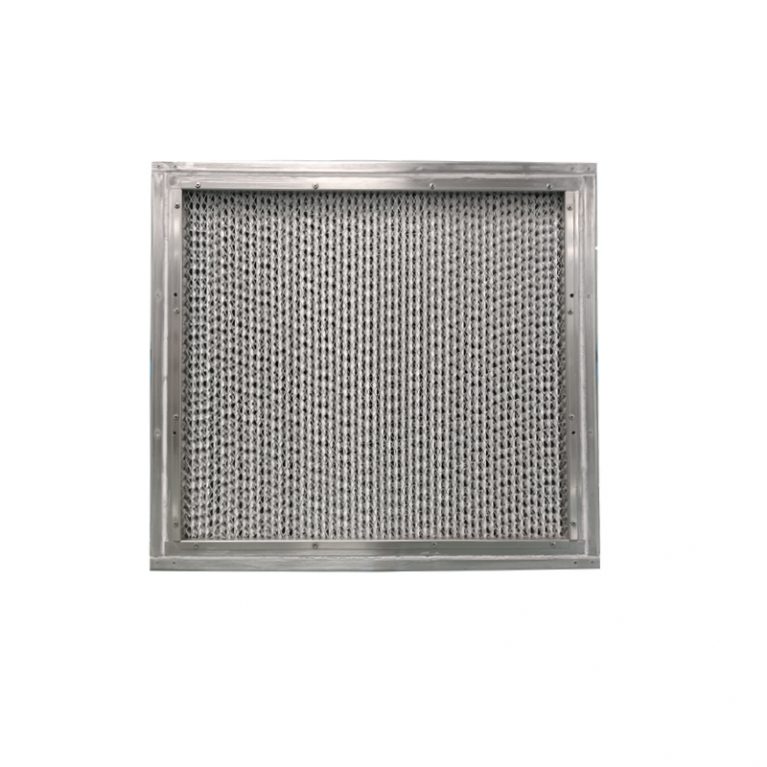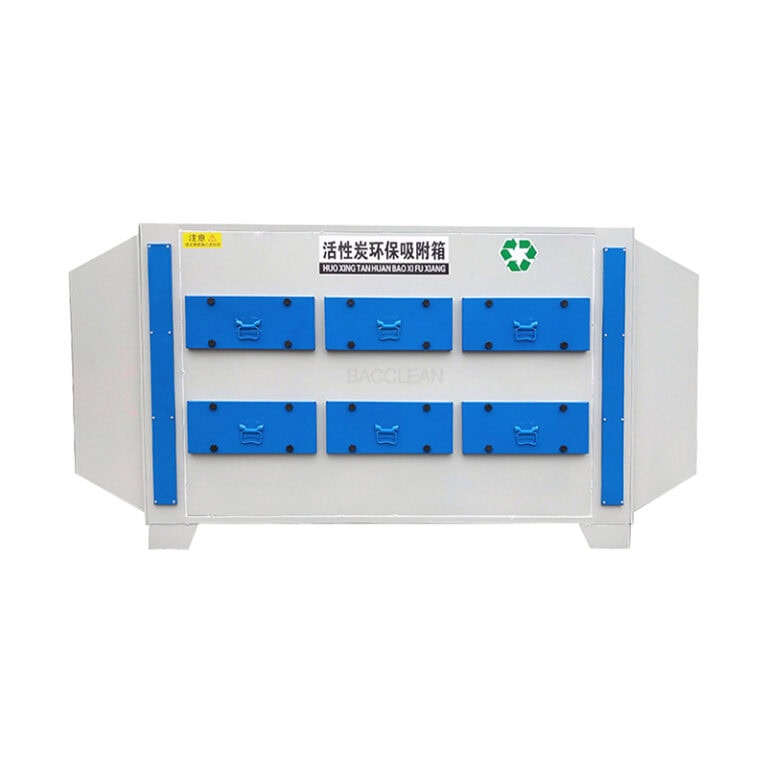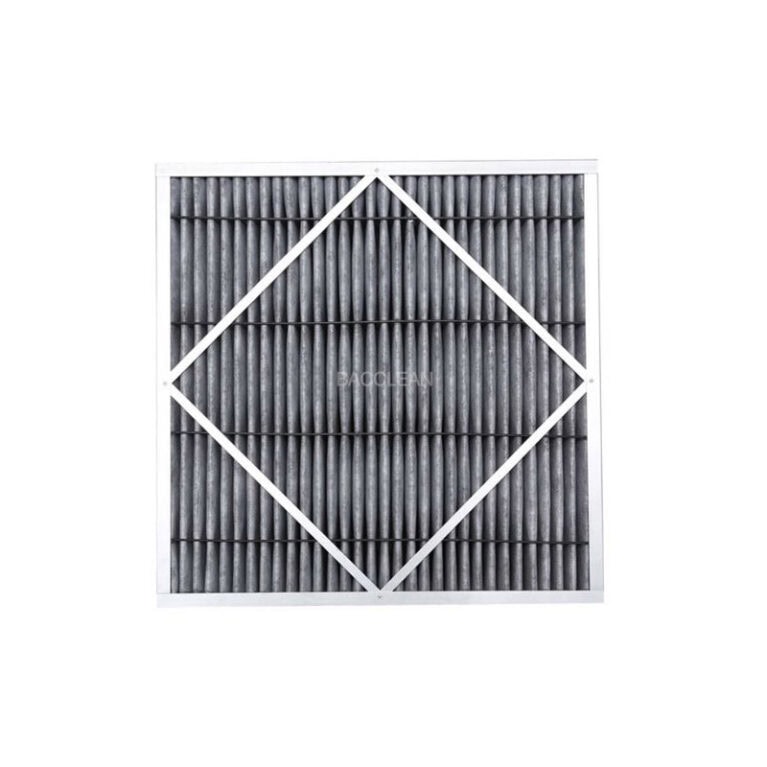Both spray disinfection air shower rooms and ordinary air shower rooms are protective equipment at the entrance of clean environments, but they have significant differences in functions, principles, and applicable scenarios. The core distinction lies in whether they can actively disinfect. The following is a detailed comparison from multiple dimensions:
I. Differences in Core Functions and Principles
Comparison item: ordinary air shower room, spray disinfection air shower room
The core function only removes physical contaminants (dust, hair, dander, etc.) and simultaneously eliminates physical contaminants and kills microorganisms (bacteria, viruses, fungi, etc).
The working principle relies on high-speed clean air flow (20-30m/s) to blow off surface dust. The air is purified through primary and high-efficiency filters and then circulates. Based on high-speed air shower dust removal, chemical spray disinfection is added: the disinfectant is atomized into micron-sized droplets to cover the surface and destroy the microbial structure.
The treatment targets are only particulate matter pollution, taking into account both particulate matter pollution and microbial pollution.
Ii. Differences in Structural Design
Ordinary air shower room
The structure is relatively simple and mainly consists of a cavity (made of stainless steel), a fan, a high-efficiency filter, a nozzle (for air outlet), and an induction device. Nozzles are only distributed on the sides or top, achieving “blowing away dust” through directional high-speed airflow.
Spray disinfection of the air shower room.
Based on the ordinary air shower, a spray disinfection system has been added, including:
Disinfectant storage tanks (such as hydrogen peroxide, hypochlorous acid solution);
Atomization device (high-pressure pump or ultrasonic atomizer);
Multi-directional spray nozzles (distributed at the top, sides, and bottom, forming a 360° three-dimensional spray);
Ventilation and replacement system (residual disinfectants are discharged through clean air after disinfection).
In addition, the sealing performance of the cavity is required to be higher to prevent the leakage of disinfection droplets.
Iii. Differences in Disinfection Effects
Ordinary air shower room
It can only physically remove visible or tiny surface particles and is unable to kill microorganisms. It does not affect at all on the bacteria, viruses, and other substances adhering to the surface of clothes and items. It can only reduce the number of their “attachment carriers” (dust).
Spray disinfection of the air shower room.
Through the dual effects of “air shower dust removal + spray sterilization”, it can not only remove particulate matter but also kill over 99% of microorganisms (including drug-resistant bacteria, viruses, etc.) with chemical disinfectants, making the disinfection more thorough. It is especially suitable for scenarios with extremely high requirements for sterility.
Iv. Differences in Applicable Scenarios
Ordinary air shower room
It applies to scenarios where there are requirements for “cleanliness (particulate matter control)” but relatively low requirements for “sterility”, such as:
Electronic component assembly workshop (mainly to prevent short circuits caused by dust);
General food packaging workshop (non-ready-to-eat food)
Clean laboratory (non-biological experiments).
Spray disinfection of the air shower room.
It is suitable for high-demand scenarios where both “particulate matter” and “microorganisms” must be controlled simultaneously, such as:
Pharmaceutical aseptic workshop (production of injections and vaccines);
Biosafety laboratory (P2/P3 level, handling pathogenic microorganisms);
Sterile food production (ready-to-eat salads, dairy products);
Operating room and ICU entrance (to prevent cross-infection).
V. Differences in Operating Costs and Maintenance
Ordinary air shower room
It has a low cost, mainly consumes electricity, is easy to maintain (just replace the filter regularly), and has no additional consumables (such as disinfectants).
Spray disinfection of the air shower room.
The initial equipment cost is relatively high. During operation, disinfectants are consumed (long-term consumable costs), and maintenance is more complex (regular cleaning of nozzles, inspection of the atomization system, and replenishment of disinfectants are required). However, it can meet high-level disinfection requirements and has a higher cost-performance in specific scenarios.
Resumen
The essential difference between the two is that a common air shower is a “physical cleaning device”, which only removes dirt. The spray disinfection air shower is an “integrated device for cleanliness and disinfection”, which can both remove dirt and sterilize. When making a choice, it is necessary to judge based on the requirements of the scene for “microbial control” – if only dust prevention is needed, a regular air shower should be selected. If sterility is required, a spray disinfection air shower must be selected.
